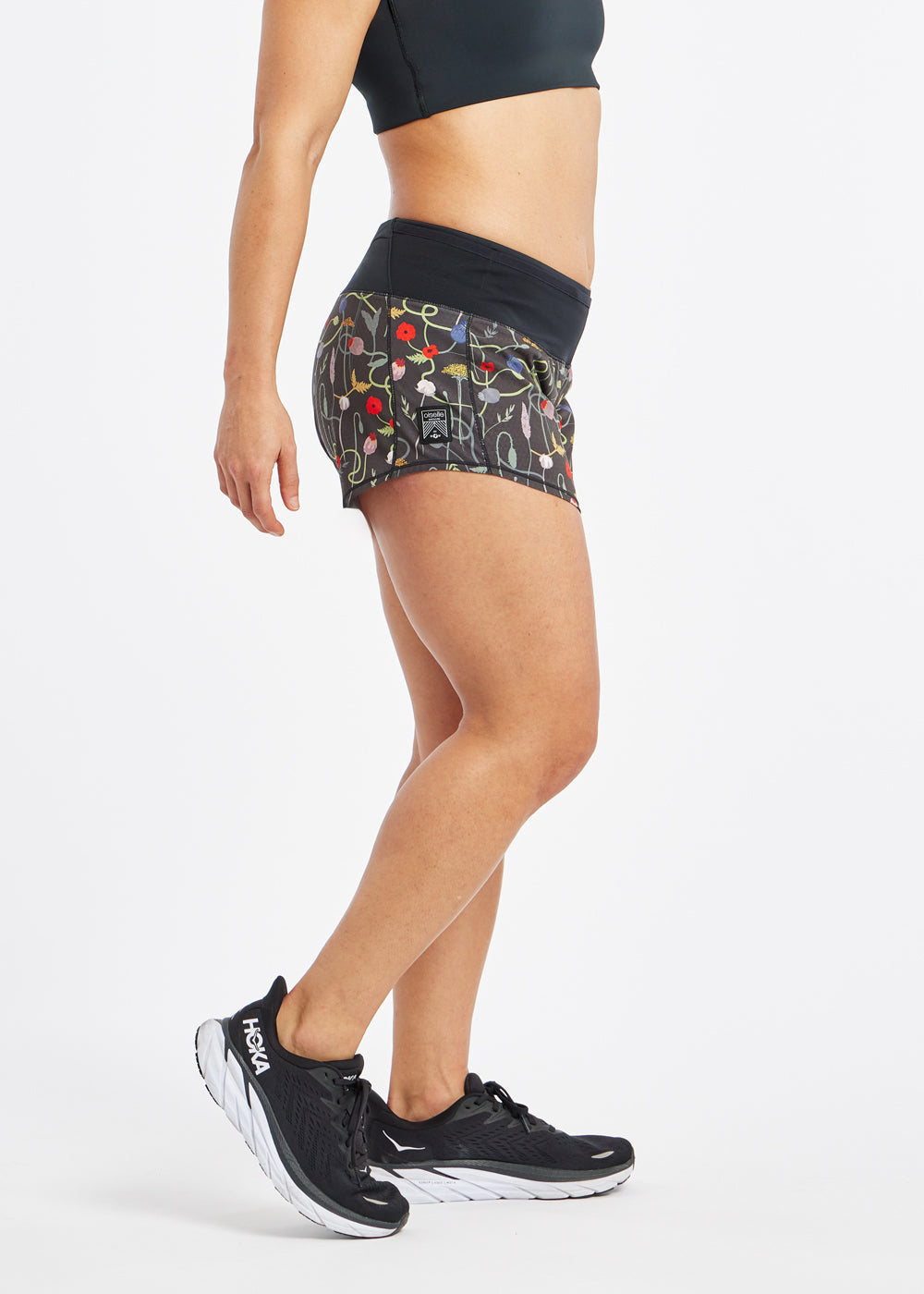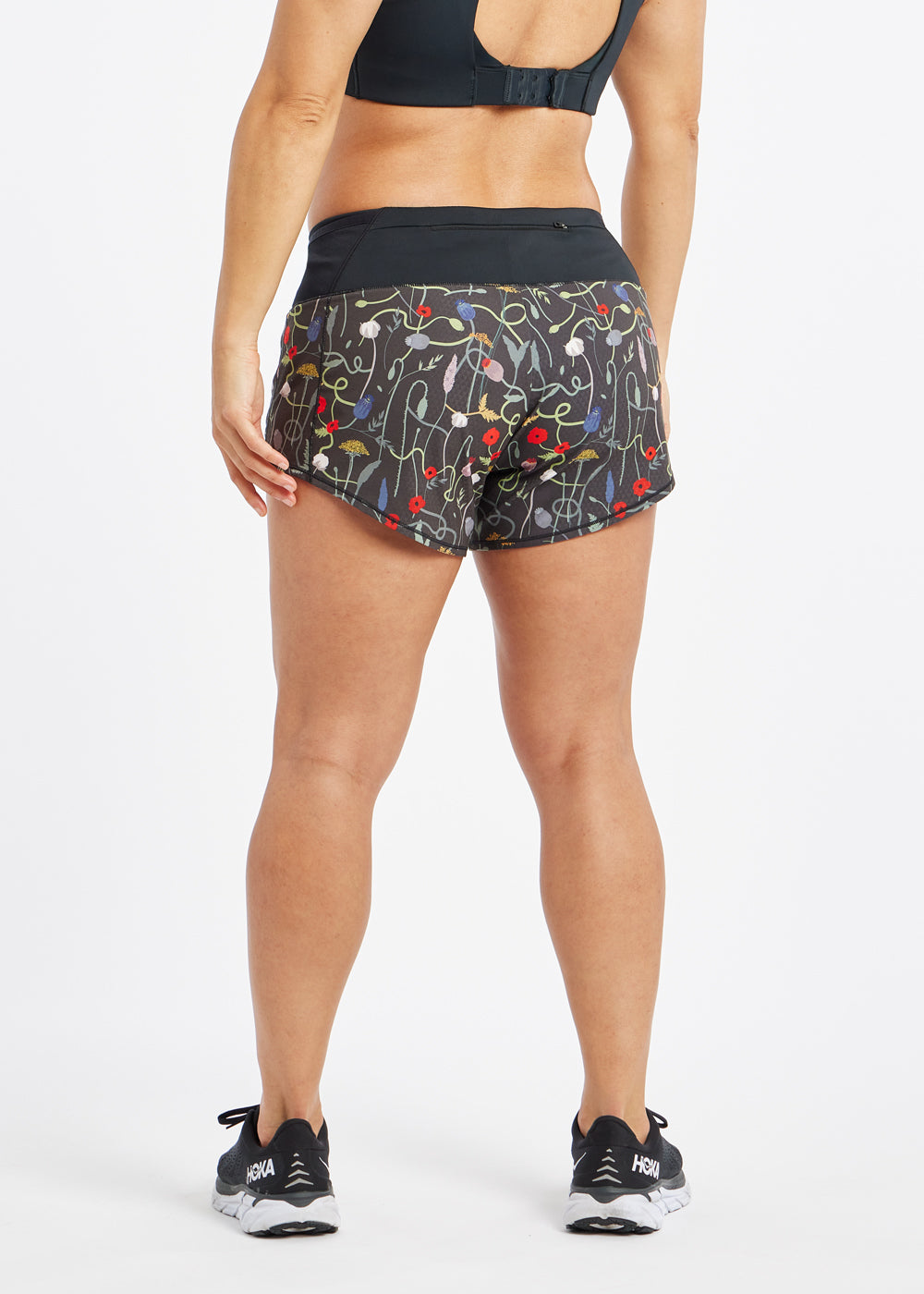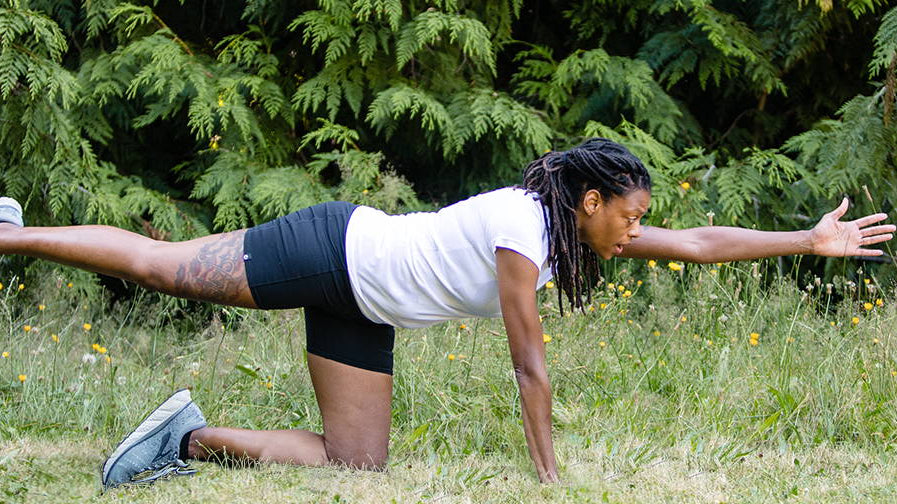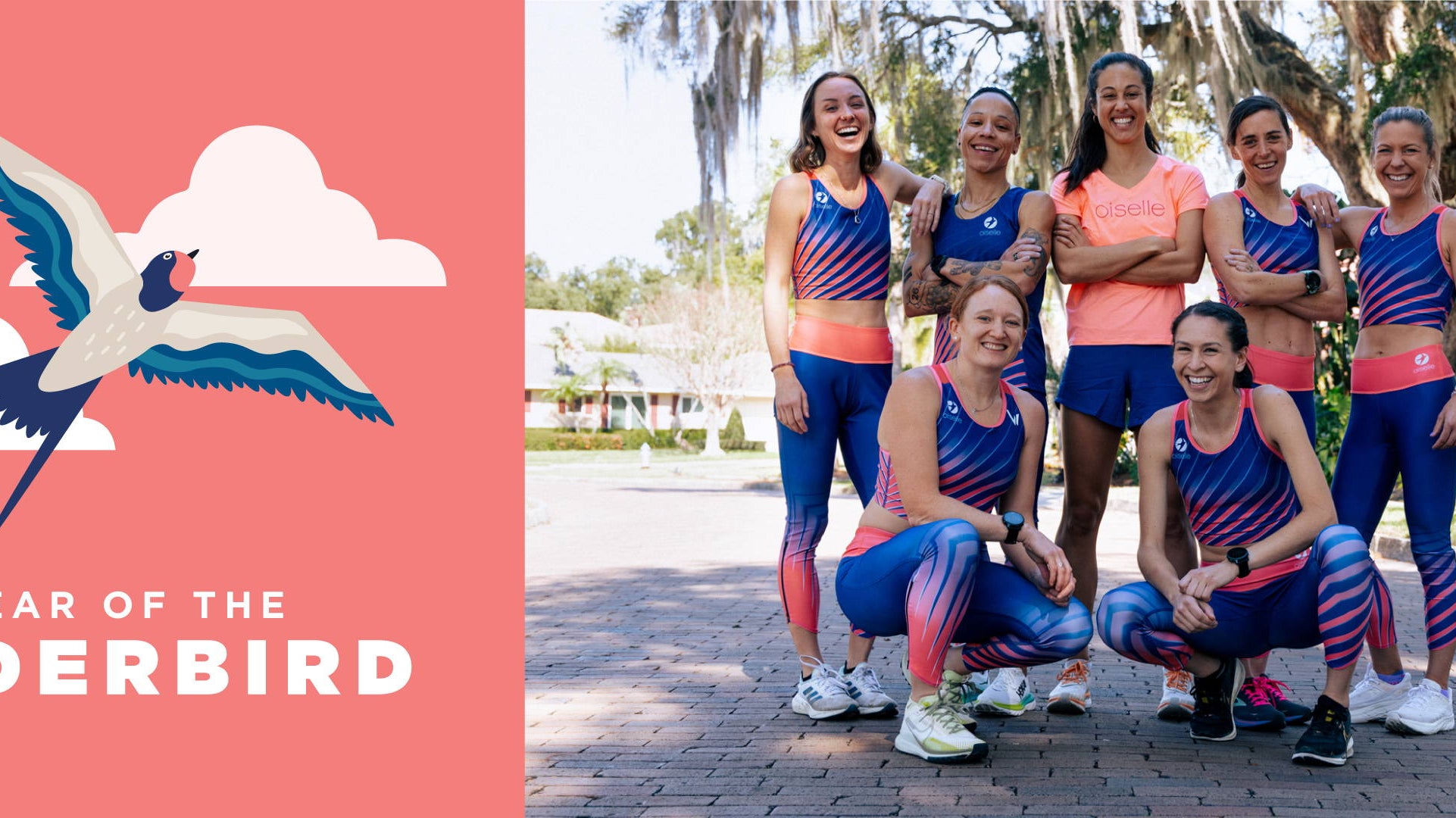Do you find yourself avoiding group runs or afraid to wear anything but black running tights because you know you are going to pee your pants, even just a little bit? Do you find yourself running to the bathroom just in case before heading out the door out of fear that you are going to leak? These aren’t symptoms that are isolated to pregnancy and postpartum.
No matter your age, medical history, or running ability, please know that you are not alone!
Strategies to Try on Your Own
Even though stress incontinence in female runners is common, the reasons you are leaking could be very different from why someone else is leaking, and your treatment should reflect that. The strategies discussed below are just a small sampling of the many strategies that might work for you. Please know that there is so much individualized help available if you need it!
- Kegels – Could You Be Overdoing a Good Thing?
There are tons of studies that support the use of kegels in the treatment of stress incontinence. For some, these exercises are essential, but for others it can make symptoms worse. Some runners are over-activating their pelvic floor in an attempt not to leak by consciously or unconsciously holding a partial or full kegel contraction. When running the pelvic floor muscles naturally activate before the foot even hits the ground1,2. This anticipatory response happens so fast that you are not even consciously aware that your body is doing it! By holding tension in the pelvic floor, you may be inhibiting this automatic system.
Try this: On your next run, take note of tension in and around your pelvis. Are you holding a kegel? Is there any extra tension that you could let go of? This will allow you to tap into your body’s automatic response system and may help reduce or eliminate leaks.
- Connect to Your Breath
Your diaphragm is your primary muscle for breathing. As you breathe in, the diaphragm descends and your pelvic floor lengthens; as you breathe out, it goes up and your pelvic floor shortens. Too often, runners squeeze their abs while running. They may even be doing it throughout the rest of their day. This doesn’t allow the diaphragm to do its job and can place increased pressure on the pelvic floor. Let that tension go!
Try This: Stand in a stride stance/running position. Place a hand on your stomach. Does it come forward into your hand as you take a breath in? What if you move your hand to the back or the sides of your ribcage? Are you sending air there? Place your hand on the area with the least expansion and spend a couple of minutes intentionally sending air there. Three-dimensional ribcage expansion is necessary for pelvic floor relaxation, loading, and lengthening.
- Running Gait – Fly Fast and Free
There is no one perfect way to run. When I work with my runners, I do a lot of functional testing (developed by the Institute Of Physical Art) in order to determine the positions in which their bodies are the strongest. There may be simple cues or adjustments to your position that will allow you to relax and run fast and free. These small changes can make a big difference in helping to release holding patterns, such as the overactivation of the pelvic floor or abdominals discussed previously.
Try This: Consider having a running gait analysis and some functional testing performed to find a running posture that allows you to relax, breathe, and efficiently connect to your automatic core system.
- Train for the Load
Running creates forces through the body that can be two to three times your body weight or more. How are you cross training to prepare for this repetitive load? Are your plantar flexors, quads, and glutes strong enough for push off? Is your core strong enough to help elevate your pelvis and pull your leg through when it’s in the air? Regularly scheduled strength sessions two to three times a week can have a huge impact on your running efficiency, loading time, shock absorption, and symptoms of leaking while running.
Try This: Add two days of run-specific strength training per week. If you don’t have weights at home or access to a gym, get creative! Lots of household objects can be used to incorporate strength training into your daily life. Curious as to what that might look like? Follow us @ancoeurwellness and look for our #feelgoodfridayflow and #mamaminimoves to see how you might be able to use your little, a laundry basket, etc. to add a strength component to your training program.
Please know that one article can only skim the surface of the many possible factors that could be contributing to why you might be leaking on your run or in other areas of your life. If you try the tips above, and you are still leaking, please know that your body is not broken. You are strong, capable, and so resilient. There is so much help and hope out there and you don’t need to stop running to find it.
Locating an Expert Near You
Still experiencing symptoms? Pelvic floor physical therapy is a great place to start. Consider creating a team in which your pelvic floor physical therapist works with your orthopedic physical therapist, trainer, or other healthcare professional to come up with a plan that looks at your symptoms from a few different angles. These search engines can help you identify experts in your area:
Nancy Boyd, PT, DPT, CFMT, FAFS, CAPP-OB
Nancy Boyd is a sports medicine and pelvic health trained Doctor of Physical Therapy and co-founder of Ancoeur Wellness, LLC. Nancy is an athlete herself, having participated in Division I cross country and track. She loves helping womxn maximize their performance potential and health throughout their lifespan. She is passionate about helping her clients tap into their own power and strength to get back to doing the activities that they love. Nancy can be reached through her website at ancoeurwellness.com/locations.
References
- Leitner M, Moser H, Eichelberger P et al. Evaluation of pelvic floor muscle activity during running in continent and incontinent women: An exploratory study. Neurourol Urodyn. 2017.
- Koenig I, Eichelberger P, Leitner M et al. Pelvic floor muscle activity patterns in women with and without stress urinary incontinence while running. Int J Sports Med. 2020.




































































































































































Comments
Thanks for this article! I was very nervous about running after having two kids. I found myself to be very tense at my the start. But after reading this, I just relaxed and let my body just do what it automatically does and it really worked! Bodies are amazing!